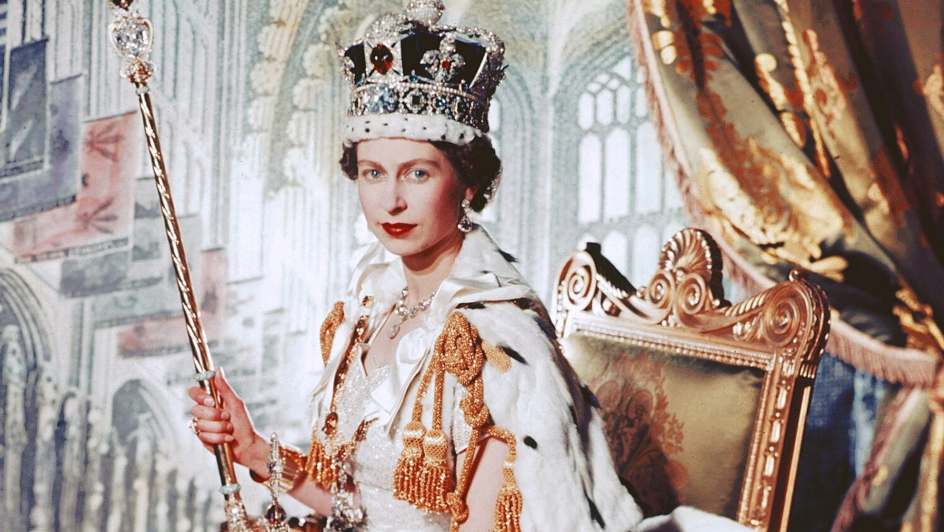#Throwback Thursday – 2 June

From the coronation of the longest-reigning monarch to the near-end of a revolution, take a look at these three events that went down in history on 2 June:
1904 – Happy Birthday, Tarzan – er, Johnny Weissmuller!
Today marks the 118th birthday of swimmer-turned-actor, Johnny Weissmuller! To some, he is one of the best swimmers of the 20th century; to others, he is known as the original Tarzan (along with the yell to boot!).
Born to Austrian-Hungarian parents in 1904, Weissmuller and his family emigrated to the United States of America when he was three-years-old. In his younger years, he excelled in swimming, and soon became a member of the prestigious Illinois Athletic Club in Chicago, winning every race that he participated in.
When he was 17, Weismuller’s pro swimming career began, and it wasn’t long before he began wracking up trophies and records: these include winning three gold medals for the 100-metre and 400-metre freestyle, and the 4 × 200-metre relay at the 1924 Olympic Games, and two gold medals for the 100-metre freestyle and 4 × 200-metre relay at the 1928 Olympic Games.
By the time he retired from the sport in 1929, Weismuller had 67 world records and 52 national championship gold medals under his belt.
In 1932, Weissmuller swapped his swimming trunks for a loincloth to originate the role of the eponymous character created by author Edgar Rice Burroughs in “Tarzan the Ape Man”. Not only that, he is the man behind the famous “Tarzan yell” – according to reports, his voice was recorded normally, then reversed to create the primal ululation.
Weissmuller would go on to play Tarzan in 11 more feature films (in which he also got to show off his swimming chops) until 1948; nine years later, he retired, started a swimming pool company, and lent his name to other business ventures.
He would pass away at the age of 79 in Acapulco, Mexico, where he was also buried – it’s said that as they lowered his coffin into the ground, a recording of the Tarzan yell was played three times, per his last request.
Although Weissmuller is gone, his legacy as a champion swimmer and as the epitome of Tarzan lives on. (Insert Tarzan yell here!)
1953 – God Save the Queen
Sixty-nine years ago, a young Princess Elizabeth ascended to the throne of the United Kingdom – a throne which she occupies to this very day.
While touring Kenya with her husband, Prince Philip in February 1952, Elizabeth – then 25-years-old – received news that her father, King George VI, had passed away after battling lung cancer. As his heir presumptive, she had appeared in his stead at public and formal events when his health began to decline the year before; now, however, it was clear she would have to take his place as Britain’s monarch.
It would take 16 months of planning before Elizabeth, now 27-years-old, took up her late father’s mantle – she set out from Buckingham Palace to Westminster Abbey on a very rainy day, although she looked no less resplendent in the Gold State Coach, wearing a white satin gown and a diadem atop her dark hair.
Thousands upon thousands of her soon-to-be subjects lined the procession route to catch a glimpse of the princess through the downpour; 27 million other Brits watched her on their black-and-white television sets from the comfort of their homes.
At the abbey, Elizabeth took her oath of coronation before an 8 000-strong congregation, which included her mother Elizabeth, the Queen Mother, and her son Prince Charles. After receiving her royal regalia, including the solid gold St Edward’s Crown, she was crowned Queen Elizabeth II.
Later that evening, the newly-crowned queen addressed her subjects via a televised address:
“I have behind me not only the splendid traditions and the annals of more than a thousand years but the living strength and majesty of the Commonwealth and Empire; of societies old and new; of lands and races different in history and origins but all, by God’s Will, united in spirit and in aim.
“Therefore I am sure that this, my Coronation, is not the symbol of a power and a splendour that is gone but a declaration of our hopes for the future, and for the years I may, by God’s Grace and Mercy, be given to reign and serve you as your Queen.”
1989 – A Civilian Blockade
After the death of a beloved political figure, nearly 100 000 students had gathered in Tiananmen Square in Beijing, China to mourn him – afterwards, they would kickstart a (near) revolution.
Mounting protests against the ruling Chinese Communist Party’s (CCP’s) strict regime began on 22 April, the day after the funeral of former CCP General Secretary and liberalist figure, Hu Yaobang. For the next few weeks, students, joined by intellectuals and civil servants, would gather in their millions to voice their discontent.
By 2 June, martial law had been in effect for at least two weeks: this meant that the Chinese government had given its military full authority to deal with any dissent. As such, troops of soldiers were stationed in and around Beijing, armed and ready.
Soon, these soldiers and demonstrators would come to a head … just. When 10 000 soldiers attempted to reach Tiananmen Square, approximately 100 000 civilians blocked them from reaching the students.
Unfortunately, the CCP had the army crack down harder: by 4 June, thousands upon thousands of lives were lost as the soldiers unleashed gunfire on demonstrators and mowed them down in their tanks. Dissenters were also hunted down, arrested and executed.
To this day, the CCP continues to implement restrictions throughout the country, trying to suppress references to the protests to varying degrees of success.
Image Credit: Source




















